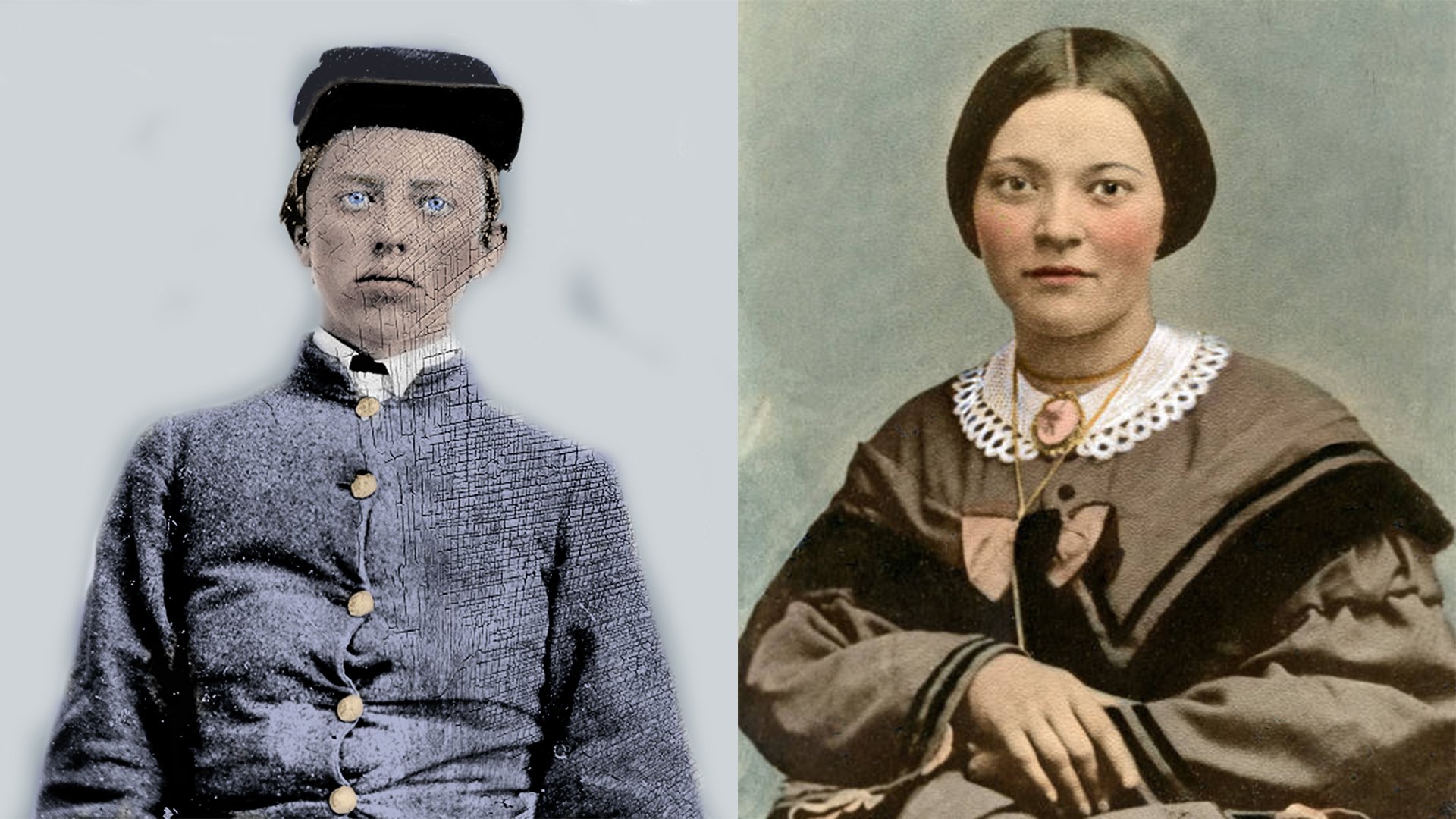
People
Learn about the Civil War in the Valley from the stories of the men, women, soldiers, and civilians that lived through it
Joseph B. Kershaw
General January 5, 1822 — April 13, 1894
Joseph Kershaw was a Confederate general who took part in the capture of Harpers Ferry in 1862 and fought in Gen. Jubal A. Early's Army of the Valley in 1864
Joseph Bevard Kershaw was born in Camden, South Carolina. After studying law and passing the bar exam in 1843, Kershaw volunteered to fight in the Mexican War. After the war, Kershaw returned to South Carolina and was elected to the South Carolina state legislature in 1852. During his time in the legislature, he served as a delegate in the South Carolina secession convention which voted for South Carolina to become the first state to secede from the Union.
At the start of the Civil War, Kershaw was named colonel of the 2nd South Carolina Infantry, a regiment he organized. Kershaw saw action in the Battle of 1st Manassas and would be promoted to brigadier general in January of 1862. It was during the Maryland Campaign of that year that Kershaw would first see action in the Shenandoah Valley. During the Siege of Harpers Ferry, Kershaw’s men had the vital task of occupying Maryland Heights, which they succeeded in doing.
Following his promotion to major general in June of 1864, Kershaw would again be dispatched to the Shenandoah Valley to join Gen. Jubal A. Early’s Army of the Valley. His brigade would arrive at Front Royal and engage part of Maj. Gen. Philip Sheridan’s Army of the Shenandoah in the Battle of Guard Hill on August 16th. Just a few weeks later, on September 3rd, Kershaw’s brigade would attack portions of Union Gen. George Crook’s corps in the Battle of Berryville. With the lack of aggression from Union forces in the Valley, and growing pressure around Petersburg, Gen. Robert E. Lee would recall Kershaw’s brigade back to Petersburg on September 14th.
Sheridan learned of Kershaw’s departure from Winchester resident and Union loyalist Rebecca Wright, whose message was smuggled to the commander by Thomas Laws.
With reports of Kershaw’s departure, Sheridan finally felt confident in attacking Early’s forces. On September 19th, Sheridan defeated Early’s army in the largest battle fought in the Shenandoah Valley, the Third Battle of Winchester. After defeating Early again at Fisher’s Hill, Sheridan set out to destroy the Valley in what is known as “The Burning”. In response, Kershaw’s men were returned to the Valley.
One month after the defeat at Winchester, on October 19th, Kershaw’s troops rejoined Early’s army and helped lead the surprise morning attack at the Battle of Cedar Creek. What looked to be a major Confederate victory, was instead a major defeat. Early’s army retreated up the Valley and most of his command would be recalled to the defenses of Petersburg, including Kershaw’s brigade.
Upon returning to Petersburg in December, Kershaw remained in the defenses until April 2nd, 1865. On April 6th, Kershaw was captured at Sailor’s Creek. After his capture, Kershaw was sent to Fort Warren in Boston where he was held until August.
Kershaw returned home to South Carolina following the war and was elected president of the State Senate. From 1877 to 1893 he served as judge for the fifth circuit court of the state, a post he resigned from due to failing health. A year later, with his health deteriorating, Joseph Kershaw would die in Camden, South Carolina at the age of 72.

